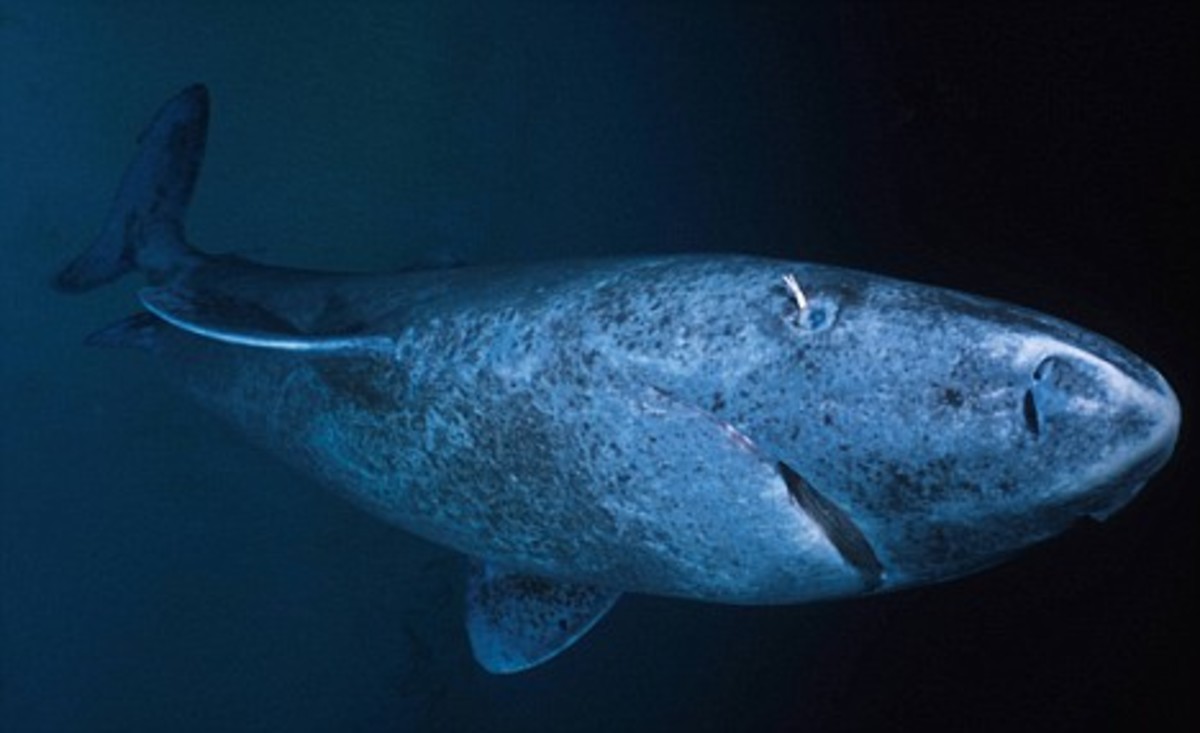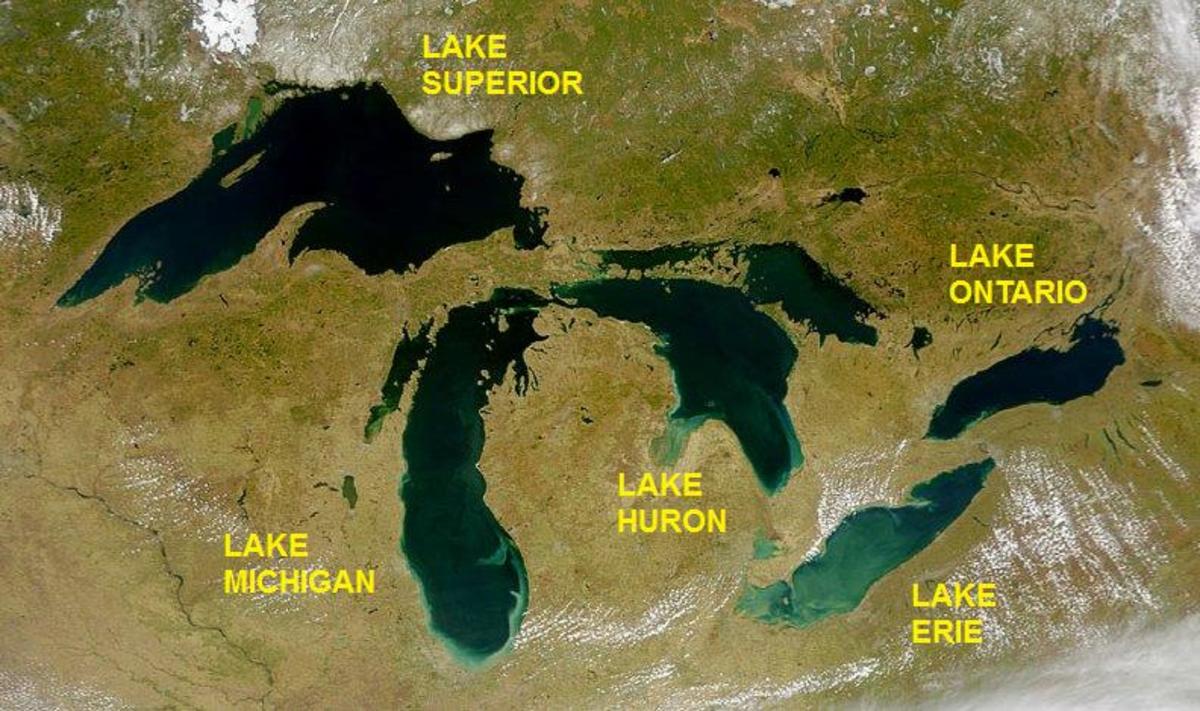Panama Channel: water way connecting two oceans
Cruising through Panama Channel
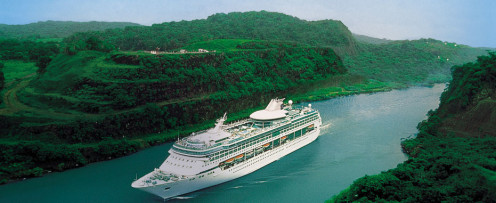
One of the seven engineering wonders of the world
Panama Channel is rightly considered one of the seven engineering wonders of the world. Through its waters are transiting about 4% of the worldwide waterway trade.
For its construction were used over 27 million pounds of dynamite. Currently, the channel is operable 24 hours out of 24, and cost the lives of over 26.000 people at the beginning of its construction.
It is crossed every day by about 40 vessels and has contributed greatly to the geopolitical situation in the last two centuries.
Panama Channel Gatun timelapse
Building the channel
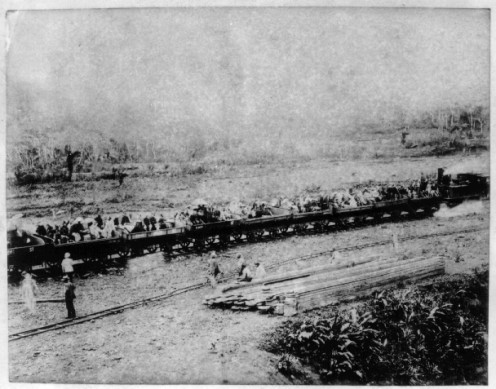
The dream of King Carlos V
After the Spanish Empire realized the wealth of its colonies in the Americas and Asia, and in Madrid the royal court realized that the time in which gold and spices arrived in Spain was too long, royal advisers of the time had a bold idea.
Around the year 1524, they have suggested King Carlos V (Charles V) that if a narrow strip of land it is cut somewhere in Panama, traveling galleons laden with riches, would thus become shorter in duration , and therefore safer. The King was very receptive to this idea, so in 1529 ordered a mapping of the Isthmus of Panama, and prepared a work plan for the future site of the channel.
However, the bold idea was stopped.The incessant local wars from the Old Continent, and with the battles for control of the Mediterranean basin, the ambitious project had to stop for a while.
In 1534, Spanish officials have suggested that the site can be opened within walking distance of where the channel is built today.
However, the interest regarding the building of the channel was abandoned until the German naturalist and explorer, Alexander von Humboldt has refocused the attention on the project.So, in 1816, the Spanish government founded a company to deal with this long awaited goal.Also, the discovery of gold in California has raised the interest of the United States to build the channel.
Field studies conducted between 1850-1875 showed that there were only two practical hypothetical routes:
- one to traverse Panama
- and one passing through Nicaragua.
In 1876, an international company obtained a concession from the Colombian government to dig the channel through isthmus.
The company went bankrupt, and in 1880 a company led by famous French engineer Ferdinand Marie de Lesseps (builder of the Suez Canal) won the right to dig the water passage.
In 1879, engineer Lesseps proposed digging the Panama Channel. By following the massive success that he had with the Suez Channel, the ambitious French engineer wanted to be the builder that offered the opportunity for all the sailing ships to encircle the Earth, literally around the world, with channels created by him.
The new channel could save ships a detour from New York to San Francisco, vessels thus exempt a detour of more than 28,968 km in length.
Working hard
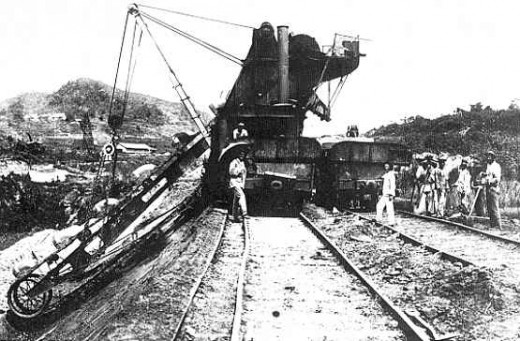
Building an engineering wonder
The actual length of the channel is 77.1 km, and it's equipped with several gates and hydroelectric power plants.
It was built in two defining stages:
- in the first stage (conducted between 1881-1888) work was conducted by French company controlled by Lesseps;
- during the second stage, the work was undertaken by Americans who have completed the channel in the form that exists today.
The work was truly titanic!
The channel has a series of huge gates, in the sections of Gatun, Petro Miguel and Miraflores. Although of different sizes, the gates are operated all in the same way and have a key role in the successful development of maritime traffic.
Equally important, this time for power consumption, are the huge hydroelectric power plants dams on the channel.
Engineering wonder
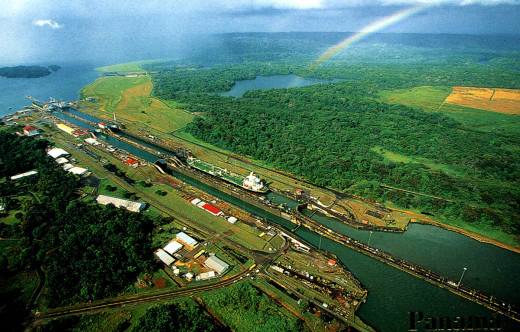
Problems appeared
Only during the French company operations were extracted over 59,750 million cubic meters of earth! However, the French were forced to withdraw. The reasons were the epidemics transmitted through mosquitoes and that their machines could not face the workload.
America's first great problem was to work on the Culebra site. They noticed with amazement that the portion from Culebra was strongly affected by landslides.
The first large-scale landslide occurred in 1907 at Cuaracha. New problems have led many experts to doubt the success of the Panama Channel project. However, American engineers have solved the problems of landslides through extraction of material from upper and side sections of the channel, thus reducing tension in excavation slopes.
Panama Channel Gate
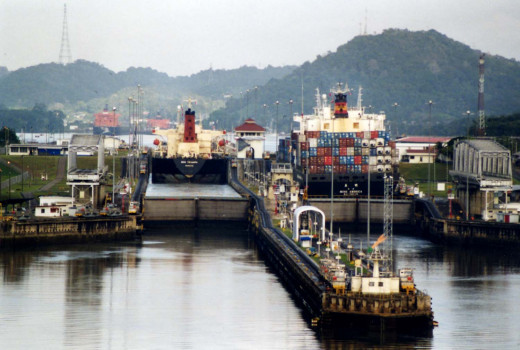
Dynamic future?
The size of vessels for which the channel was projected is recently exceeded by the gigantic steel vessels which are now roaming the seas and oceans. Obviously, the increase of ships tonnage began to cause problems for their movement through the current Panama Channel.
Its capacity allows the crossing only for the vessels with a tonnage of up to 65,000 tons, but currently they are sailing with a cargo capacity of 300,000 tons.
The issue has created a number of serious discussion. An idea is the building of a new channel that has the function of an alternative route through Colombia, Nicaragua and Mexico.
If an alternative channel will be built, it will give a serious blow to fragile Panama economy. At present, from 14,000 employees serving the channel, 4,000 are of Panamanian nationality.Other voices suggest, however, that opening a new channel will turn the Panama Channel into a real chain of low-cost hydroelectric power plants.
However, what is making the Panama Channel to be so remarkable, is the self-sufficiency of the whole project. Gatun hydroelectric power plant is generating enough electricity to operate all engines that are operating the channel and dozens of trains transporting goods to and from the ports.
The channel is also based on the forces of nature, so extremely heavy rains in the area are directed towards the riverbed to compensate for the loss of over 300 million liters of water lost every day from shipping traffic.
Despite its limitations, the channel is probably the most crossed between all major shipping channels in the world.
Nearly 12,000 ships a year must undergo about 9 hours required to enter the Pacific Atlantic and vice versa.
By 1970, Panama Channel Company made considerable base profits. However, some of the mechanisms and equipment serving the channel activity dates back to 1914, and need to be replaced.
Big load - Panama Channel
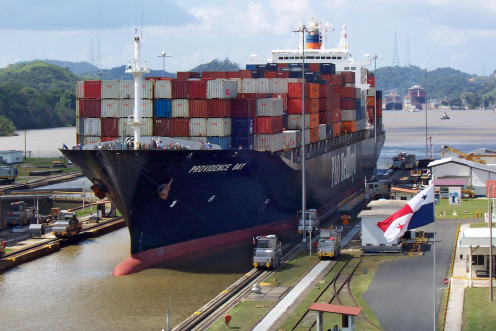
Future modification - better results
On the other hand, modification operations have already begun and are expected to be completed in the year 2014.
The final costs reach 5.25 billion $, but it is estimated that the changes would double the transport capacity of the channel that works like a huge joint entity formed by people and technology, an always moving entity that evolves, adapting trade and current shipping traffic.






